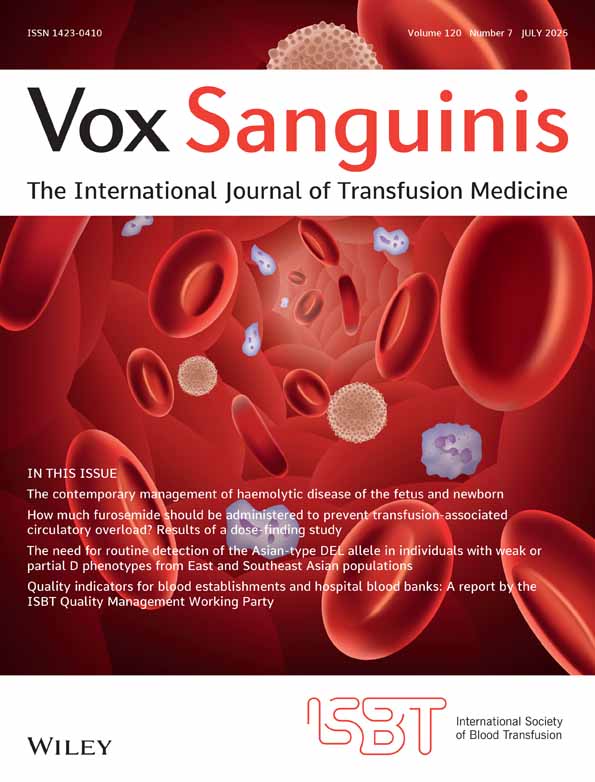Inactivation of Non-A, Non-B Virus Infectivity by a Beta Propiolactone/Ultraviolet Irradiation Treatment and Aerosil Adsorption Procedure Used for Preparation of a Stabilized Human Serum
Abstract
Inoculation of chimpanzees revealed that starting material for the preparation of a pooled stabilized human serum preparation was contaminated with non-A, non-B hepatitis virus(es). This material was subjected to β-propiolactone/ultraviolet irradiation treatment and adsorption with an insolubilized silicic acid under conditions employed for sterilization of the final product (Biseko®, Biotest). The treated material did not transmit hepatitis to 2 inoculated chimpanzees. These animals were subsequently found to be susceptible to non-A, non-B infection by challenge with the untreated material. These findings demonstrate a non-A, non-B type hepatitis virus to be susceptible to inactivation by the methods employed for sterilization of this stabilized human serum preparation.




